Albrecht Dürer watercolors and drawings from the Albertina on loan for exhibition in Washington
Albrecht Durer, "Self-Portrait at Thirteen," 1484, silverpoint on prepared paper. Courtesy of the Albertina Museum via the National Gallery of Art.
WASHINGTON, DC.- Albrecht Dürer (1471–1528) is widely considered the greatest German artist. From March 24 through June 9, 2013, the Albertina Museum in Vienna, Austria, lent to the National Gallery of Art 118 works on paper by Dürer for a magnificent exhibition that are on view only in Washington. Albrecht Dürer: Master Drawings, Watercolors, and Prints from the Albertina features nearly all of Dürer's finest watercolors and drawings from the collection of the Albertina, Vienna, as well as 27 of the museum's related engravings and woodcuts. The exhibition also includes 19 drawings and prints from the Gallery's own collection.
Albrecht Dürer: Master Drawings, Watercolors, and Prints from the Albertina is a culmination of decades of acquisition, study, and exhibition of early German art at the Gallery. In 1999, the Gallery presented From Schongauer to Holbein, a splendid survey exhibition of early German drawings based on the collections of the Kupferstichkabinett, Staatliche Museen zu Berlin, and the Kunstmuseum Basel. This loan from the Albertina, Vienna is the only other exhibition from a single collection of similar visual impact, quality, and importance.
"The generosity of the Albertina, Vienna in lending their superb works on paper by Albrecht Dürer is overwhelming, and augmented by our own works, this exhibition allows the Gallery to present a fresh and compelling look at Dürer's practice of drawing," said Earl A. Powell III, director, National Gallery of Art, Washington. "We offer our visitors the opportunity to share in the knowledge, appreciation, and pleasure of this extraordinary artist's work."
Dürer's paintings are highly prized, but his most influential works are his drawings, watercolors, engravings, and woodcuts, executed with his distinctively northern sense of refined precision and exquisite craftsmanship.
The exhibition is organized chronologically in 14 thematic groups that convey Dürer's talent as a draftsman as well as his artistic life, interests, and development. From detailed renderings of the natural world and investigations of proportion and the human body to family members and official portraits, landscapes, religious and allegorical themes, intensely personal reflections, and even studies of drapery and designs for decorative arts, the 137 works by Dürer on view give insight into his artistic development and creative genius. Finished compositions that functioned as independent works of art, colorful watercolors of nature and costumes, as well as quick sketches and studies for paintings and prints, woodcuts, engravings, and etchings all illustrate the full range of his subjects.
The exhibition includes many of the artist's most breathtaking works on paper, such as the watercolor The Great Piece of Turf (1503), a sublime nature study of the Renaissance; the chiaroscuro drawings An Elderly Man of Ninety-Three Years (1521) and The Praying Hands (1508), surely one of the most famous drawings in the world; and the amazingly precocious silverpoint Self-Portrait at Thirteen (1484), possibly the earliest self-portrait drawing by any artist. Such complete and finished works are balanced by quick sketches of, for example, his young bride-to-be or the Antwerp harbor.
In drawing, with the possible exception of colored chalks, Dürer used the complete range of traditional techniques to record convincing details of nature, people, and places as well as to re-create historical and mythological events and fantastic visions. In printmaking Dürer revolutionized the art of woodcut to achieve ranges of subject and scale, light, and form. He created engravings not only powerful in image but also unparalleled in craftsmanship and technique, and he experimented with etching and drypoint.
Albrecht Dürer and the Albertina
Albrecht Dürer was the reigning genius of the Renaissance in northern Europe, just as Leonardo da Vinci was for the Renaissance in Italy. Born in Nuremberg in 1471, Dürer grew up in an environment of late Gothic courtly grace and religious intensity as the city, a center of imperial politics, economics and trade, scholarship and culture, was being transformed by new influences. He traveled to Italy twice to pursue the new learning and artistic advances surging there.
The collection of Dürer's drawings and watercolors at the Albertina, Vienna is unequaled. It is not only one of the largest collections of works by Dürer in the world, but it is also distinguished by the number of the artist's greatest masterpieces. The Albertina's works by Dürer have been acquired over many years, but the museum's ability to amass such a collection of world masterpieces results from primary sources that go back directly to the Holy Roman Emperor Rudolf II. Dürer was his favorite artist. Rudolf II used imperial ambassadors and the machinery of state to succeed in his purchases, including acquisitions from the Imhoff family in Nuremberg, whose works were among Dürer's personal estate. In 1588 the emperor offered Willibald Imhoff's family an entire domain of Bohemia in exchange for being able to acquire these works.
Albrecht Durer, "Saint Jerome in His Study," 1514, engraving; overall: 24.9 18.9 cm (9 13/16 7 7/16 in.) overall (framed): 43.7 37.2 3.6 cm (17 3/16 14 5/8 1 7/16 in.). Courtesy of the Albertina Museum via the National Gallery of Art.
Albrecht Durer, "Christ on the Mount of Olives," 1515, etching on iron; overall: 21.8 15.4 cm (8 9/16 6 1/16 in.) overall (framed): 44.4 37.8 3.3 cm (17 1/2 14 7/8 1 5/16 in.). Courtesy of the Albertina Museum via the National Gallery of Art
Albrecht Durer, "Self-Portrait at Thirteen," 1484, silverpoint on prepared paper. overall: 27.3 19.5 cm (10 3/4 7 11/16 in.) overall (framed): 51.7 43.1 4.5 cm (20 3/8 16 15/16 1 3/4 in.). Courtesy of the Albertina Museum via the National Gallery of Art.
Albrecht Durer, "Tuft of Cowslips," 1526, watercolor and gouache heightened with white, mounted on cardboard; overall: 40.8 x 31.5 cm (16 x 12 3/8 in.) overall (framed): 67 57.7 6.5 cm (26 3/8 22 11/16 2 9/16 in.). Courtesy of the Albertina Museum via the National Gallery of Art.
Albrecht Durer, "The Crucifixion," 1521, pen and brown ink overall; overall: 32.3 22.3 cm (12 11/16 8 3/4 in.) overall (framed): 53.4 42.8 4.1 cm (21 16 7/8 1 5/8 in.). Courtesy of the Albertina Museum via the National Gallery of Art.
Albrecht Durer, "A Blue Roller," 1500 or 1512, watercolor and gouache on vellum, heightened with white and gold; overall: 27.4 19.8 cm (10 13/16 7 13/16 in.) overall (framed): 53.5 45.5 6.2 cm (21 1/16 17 15/16 2 7/16 in.). Courtesy of the Albertina Museum via the National Gallery of Art.
Albrecht Durer, "The Sea Monster," 1498, engraving; overall: 25.1 x 18.8 cm (9 7/8 x 7 3/8 in.) overall (framed): 49.5 x 42.5 x 3.3 cm (19 1/2 x 16 3/4 x 1 3/8 in.). Courtesy of the Albertina Museum via the National Gallery of Art.
Albrecht Durer, "Christ before Pilate (Green Passion)," 1504, pen and black ink, heightened with white, on green prepared paper; overall: 28.7 18.6 cm (11 5/16 7 5/16 in.) overall (framed): 50.7 39.9 3.9 cm (19 15/16 15 11/16 1 9/16 in.). Courtesy of the Albertina Museum via the National Gallery of Art.
Albrecht Durer, "The Head of Christ," 1506, brush and gray ink, gray wash heightened with white, on blue paper; overall: 27.3 x 21 cm (10 3/4 x 8 1/4 in.) overall (framed): 50 63.8 4.1 cm (19 11/16 25 1/8 1 5/8 in.). Courtesy of the Albertina Museum via the National Gallery of Art.
Albrecht Durer, "A Skull," 1521, brush and black and gray ink, heightened with white, on gray-violet prepared paper; overall: 18 19.2 cm (7 1/16 7 9/16 in.) overall (framed): 38 38.7 3.3 cm (14 15/16 15 1/4 1 5/16 in.). Courtesy of the Albertina Museum via the National Gallery of Art.
Albrecht Durer, "A Youthful Standard Bearer," 1518, pen and black ink; overall: 42.3 x 29.8 cm (16 5/8 x 11 3/4 in.) overall (framed): 64.3 51.5 3.6 cm (25 5/16 20 1/4 1 7/16 in.). Courtesy of the Albertina Museum via the National Gallery of Art.
Albrecht Durer, "Adam and Eve," 1504, engraving. overall: 25.2 x 19.5 cm (9 7/8 x 7 5/8 in.) overall (framed): 49.5 x 42.5 x 3.3 cm (19 1/2 x 16 3/4 x 1 3/8 in.). Courtesy of the Albertina Museum via the National Gallery of Art.
Albrecht Durer, "Left Hand of an Apostle," 1508, brush and gray and black ink, gray wash, heightened with white on green prepared paper; pairs of holes pierced at irregular intervals at the top, bottom and on the left edge; overall: 31.7 x 19.8 cm (12 1/2 x 7 3/4 in.) overall (framed): 53 61.1 4.1 cm (20 7/8 24 1/16 1 5/8 in.). Courtesy of the Albertina Museum via the National Gallery of Art.
Albrecht Durer, "Emperor Maximilian I," 1519, woodcut; overall: 43.3 x 32.7 cm (17 x 12 7/8 in.) overall (framed): 59.7 x 48.6 x 3.9 cm (23 1/2 x 19 1/8 x 1 1/2 in.). Courtesy of the Albertina Museum via the National Gallery of Art
Hans Hoffmann, "A Red Squirrel", 1578. Watercolor and gouache over traces of graphite on vellum, overall: 25 x 17.8 cm (9 13/16 x 7 in.). National Gallery of Art, Washington, Woodner Collection, 1991.182.5

/https%3A%2F%2Fprofilepics.canalblog.com%2Fprofilepics%2F1%2F0%2F100183.jpg)
/https%3A%2F%2Fstorage.canalblog.com%2F03%2F02%2F119589%2F96711876_o.jpg)
/https%3A%2F%2Fstorage.canalblog.com%2F11%2F31%2F119589%2F94773502_o.jpg)
/https%3A%2F%2Fstorage.canalblog.com%2F20%2F83%2F119589%2F94772815_o.jpg)
/https%3A%2F%2Fstorage.canalblog.com%2F26%2F72%2F119589%2F75604929_o.jpg)
/https%3A%2F%2Fstorage.canalblog.com%2F59%2F60%2F119589%2F26458628_o.jpg)
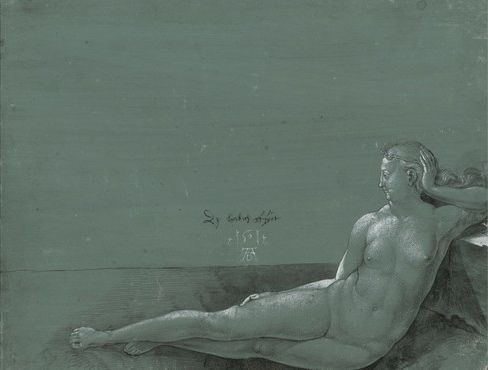

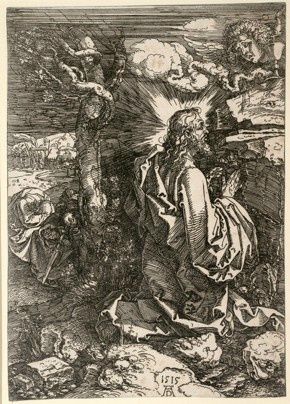

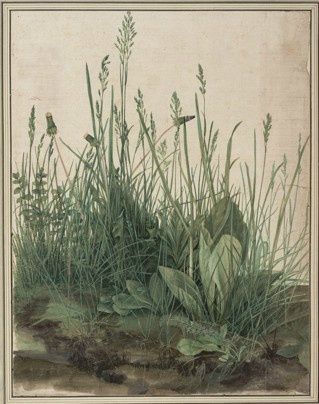

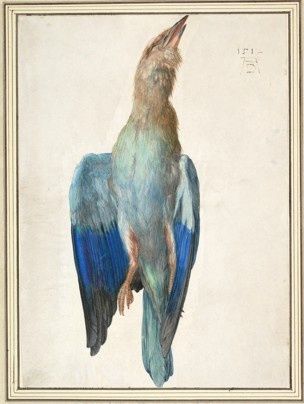



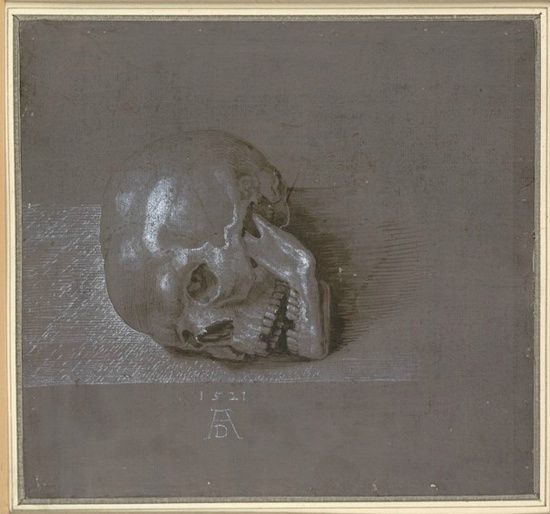
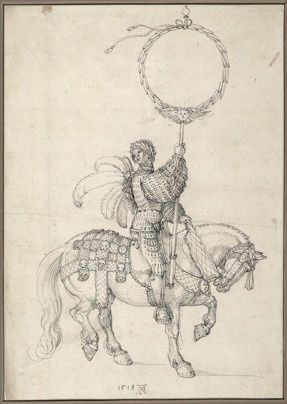
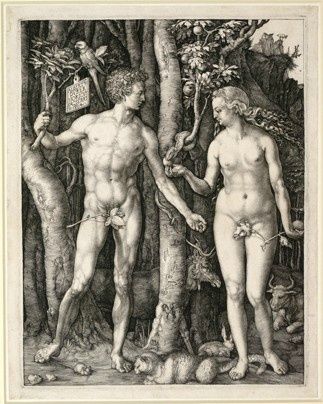
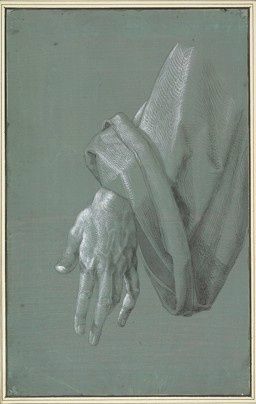




/image%2F1371349%2F20240406%2Fob_91443a_gg-6944-202104-nr.jpg)
/http%3A%2F%2Fstorage.canalblog.com%2F18%2F43%2F119589%2F129696376_o.jpg)
/http%3A%2F%2Fstorage.canalblog.com%2F89%2F40%2F119589%2F129653656_o.jpg)
/http%3A%2F%2Fstorage.canalblog.com%2F73%2F33%2F119589%2F129591594_o.jpg)